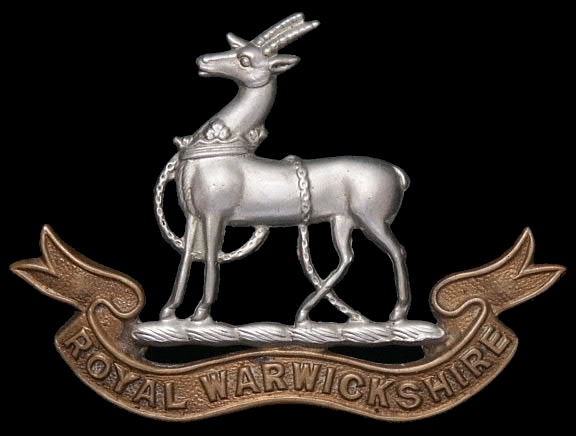REGIMENTAL HISTORY
Note to the reader:
The history of the Regiment is a long and illustrious one. We as a re-enactment group primarily focus on one area of its history (Normandy 1944). Therefore we have not gone into great depth about the Regiments past history. This is not because we feel it is unimportant, but simply that we could easily fill an entire website with the story of the Regiment through the ages. This page gives you an overview of the Regiment's past.
If you wish to know more about a certain period please check our 'Acknowledgements' section for our list of sources or feel free to contact us via the details provided in the 'Contact Us' section.
Formation
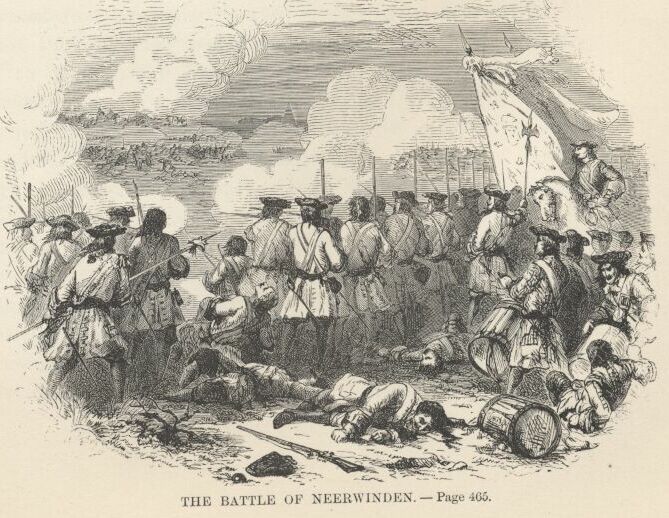
18th Century and the Warwicks
The Regiment's next conflict was the Jacobite Rebellion of 1745. The 6th was sent to secure the Highland forts between Inverness and Fort William. Two companies were with the ill-fated army under General Cope at Prestonpans, where they were among the few who stood their ground. The 6th also defended Fort William, beating off every attack as all the other Highland Forts surrendered.

During the French Revolutionary wars in 1794 in the West Indies, the 6th took part in the capture of Martinique, Guadeloupe and St Lucia from the French. In Casdebar in August 1798 they gained a Battle Honour.
The Napoleonic Wars
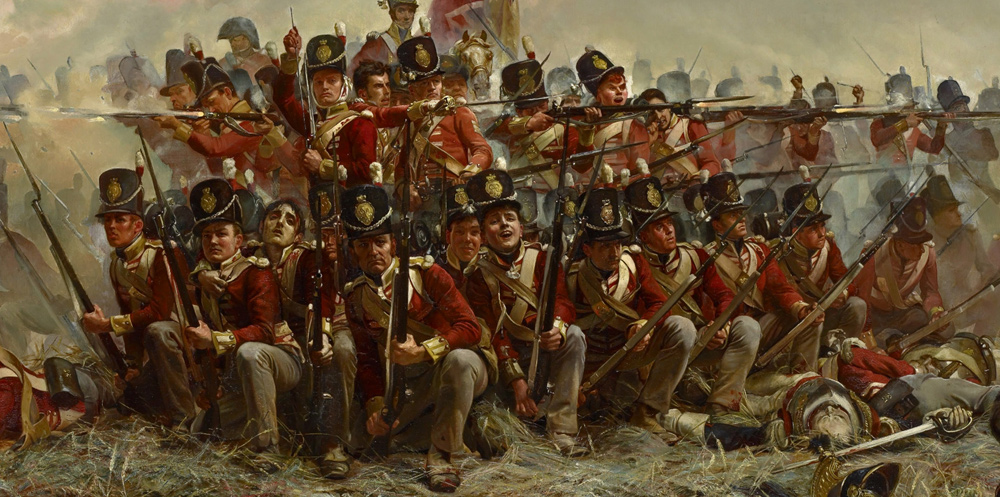
Queen Victoria's Wars
In 1898 the Regiment fought at Atbara and Omdurman during Kitchener’s reconquest of the Sudan and saw service in the Boer War 1899-1902 at Johannesburg and Diamond Hill.
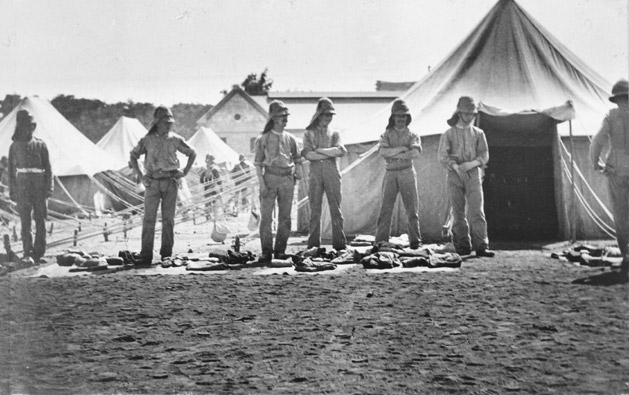

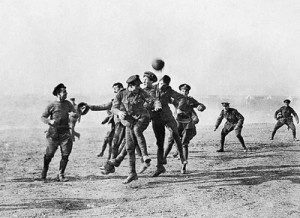

The First World War
- Lance-Corporal (later Corporal) William Amey
- Temporary Lieutenant (later Captain) Robert Edwin Phillips
- Private (later Sergeant) Arthur Vickers
- Temporary Captain Julian Royds Gribble
- Private (later Corporal) Arthur Hutt
- Lieutenant Colonel Edward Elers Delaval Henderson (detached from the North Staffordshire Regiment)
The Second World War

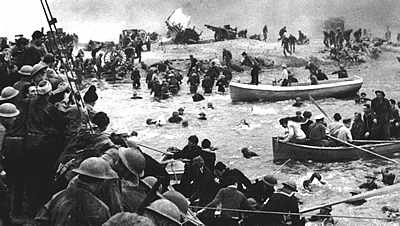
.jpg)

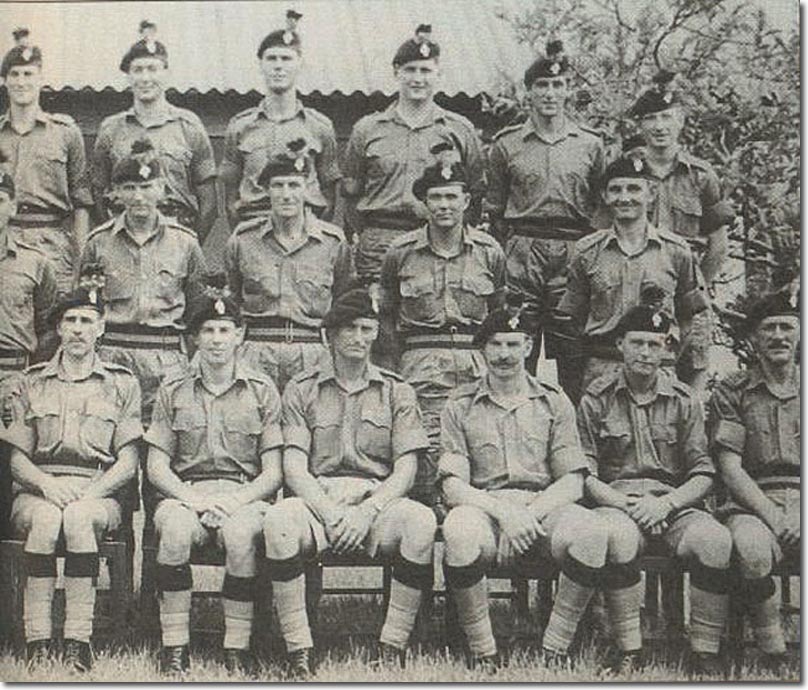

Post War
Between 1945 and 1947, the 1st Battalion was deployed to India, then Korea between 1953 and 1954. From 1955 to 1959 the Battalion was stationed in Cyprus moving to Aden 1959 until 1960. They moved to Germany in 1962 staying there until 1964. The 2nd Battalion was in Palestine from 1945 to 1948.
In 1958, the depot in Warwick was closed and the regiment was reduced to a single regular battalion, sharing a depot in Strensall with the three other regiments of the Midland Brigade (renamed the Forester Brigade in 1958). In November 1962, it was announced that the Forester Brigade was to be broken up and the Royal Warwickshire Regiment was promptly transferred to the Fusilier Brigade. In February of the following year, it was announced that the Queen had approved that the Regiment was to become fusiliers and adopting the title of Royal Warwickshire Fusiliers from 1 May 1963.
As a fusilier regiment, the Royal Warwicks were entitled to wear a coloured feather hackle in the headdress. The colours chosen by the regiment were royal blue over orange (described as "old gold with a touch of Dutch pink"). The colours were those of the Royal House of Nassau, recalling the regiment's Dutch origins.On 23 April 1968, the four regiments of the Fusilier Brigade were amalgamated to become a large regiment as the Royal Regiment of Fusiliers.
